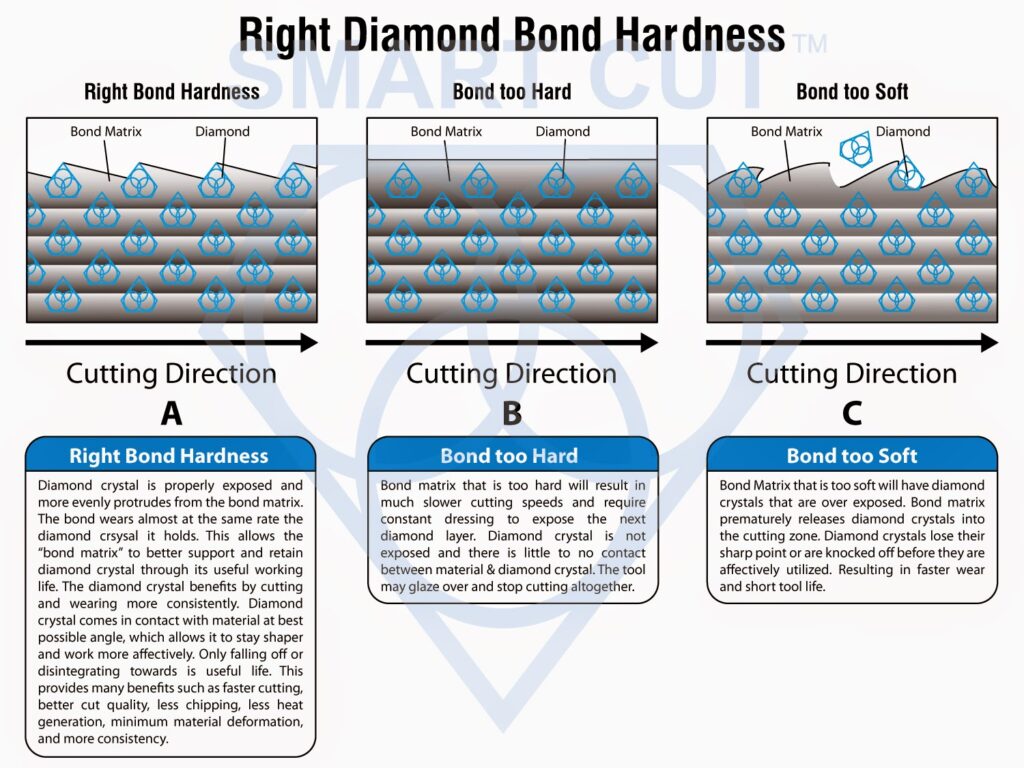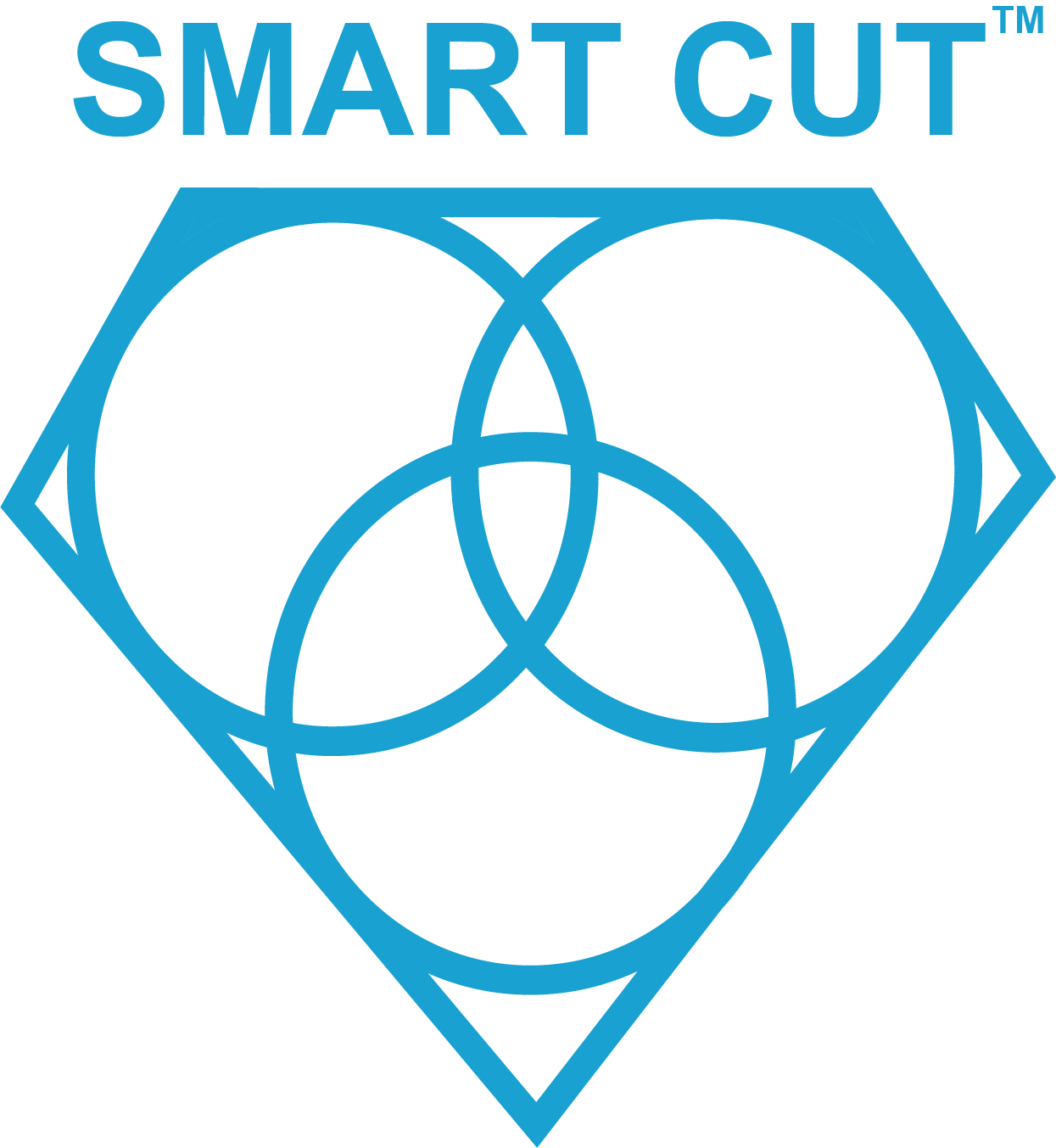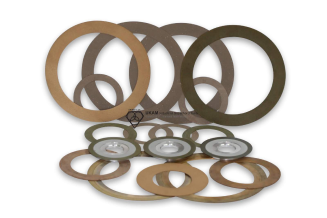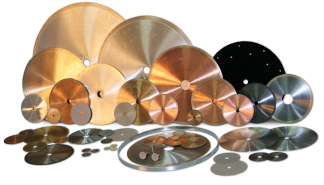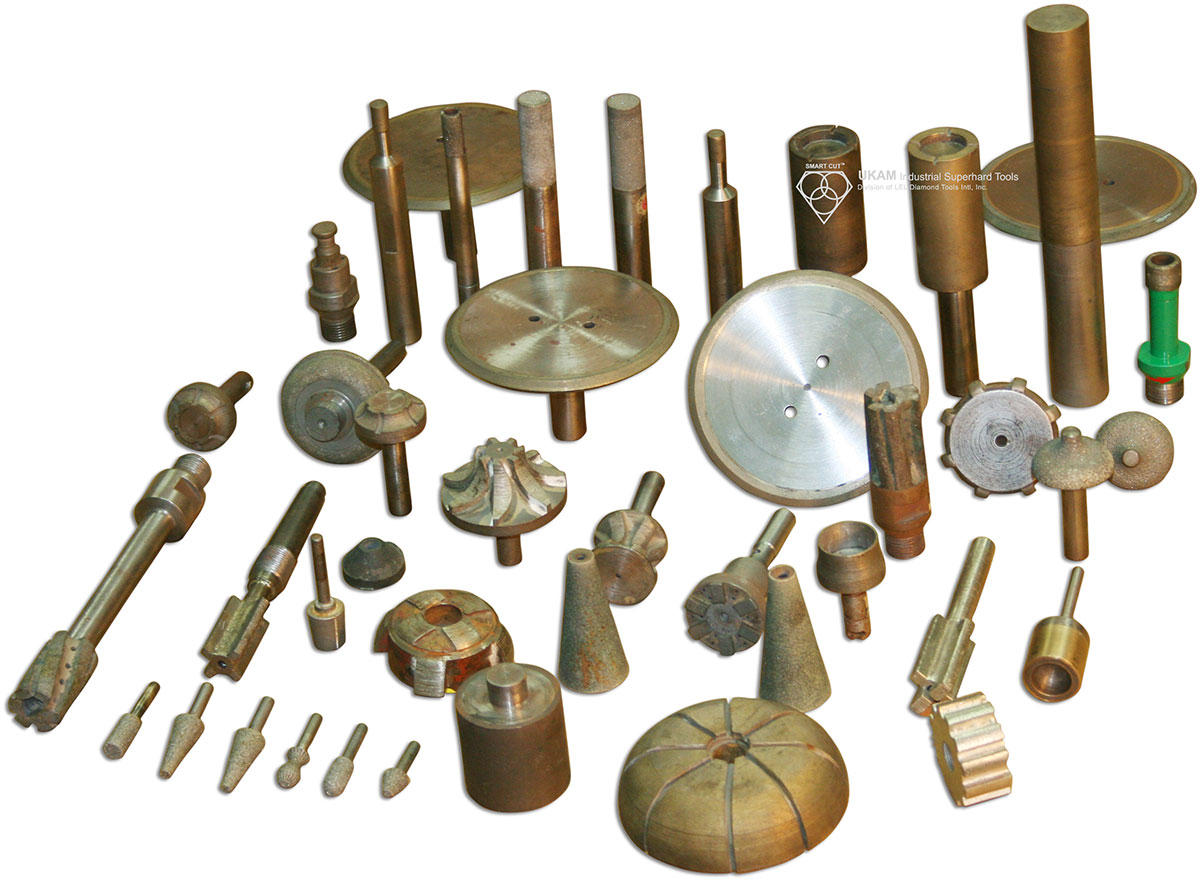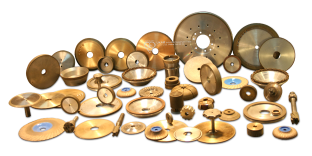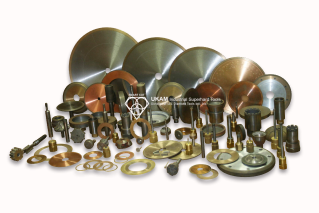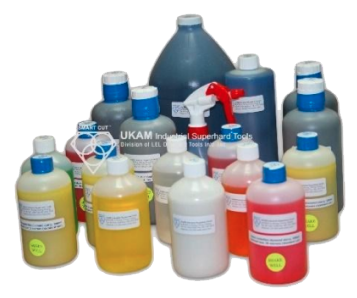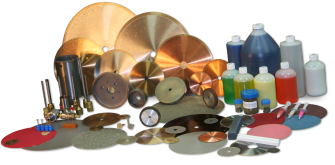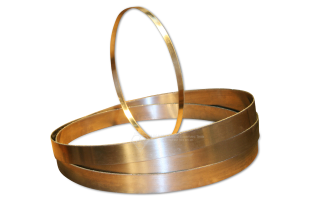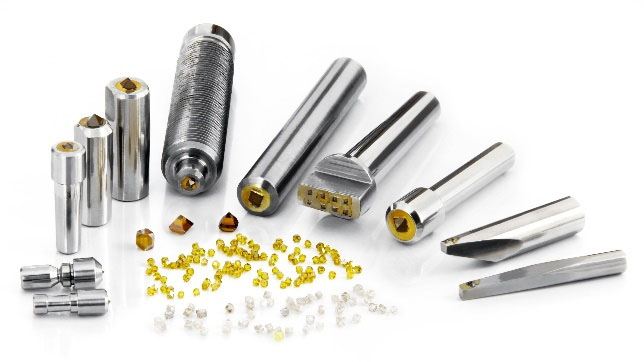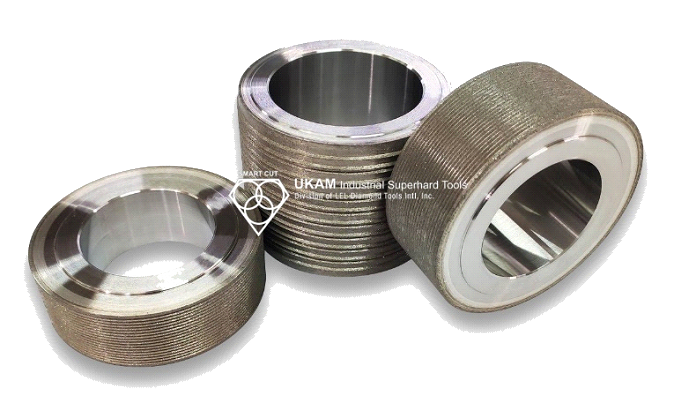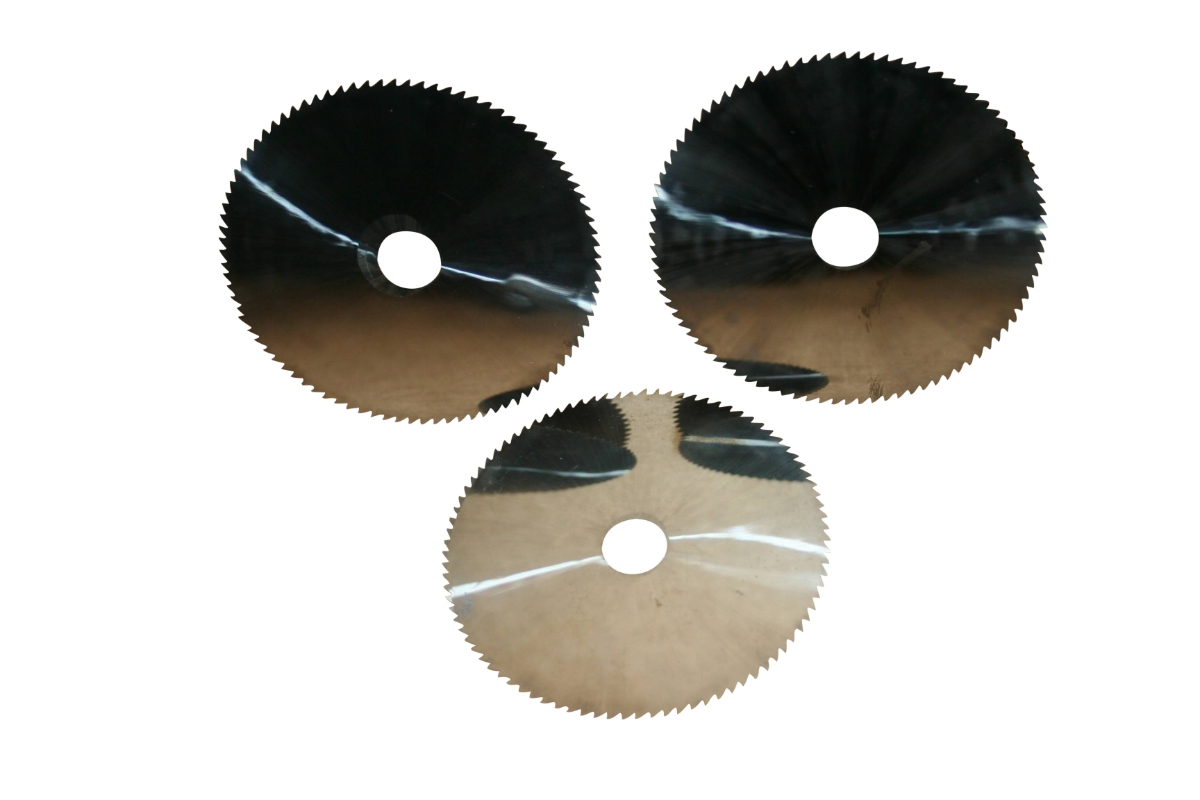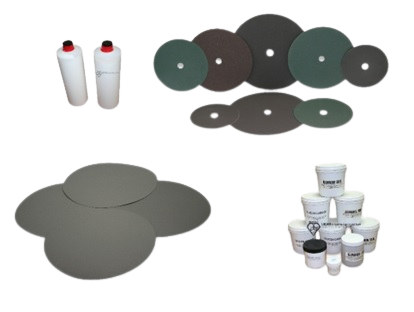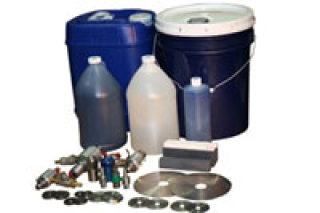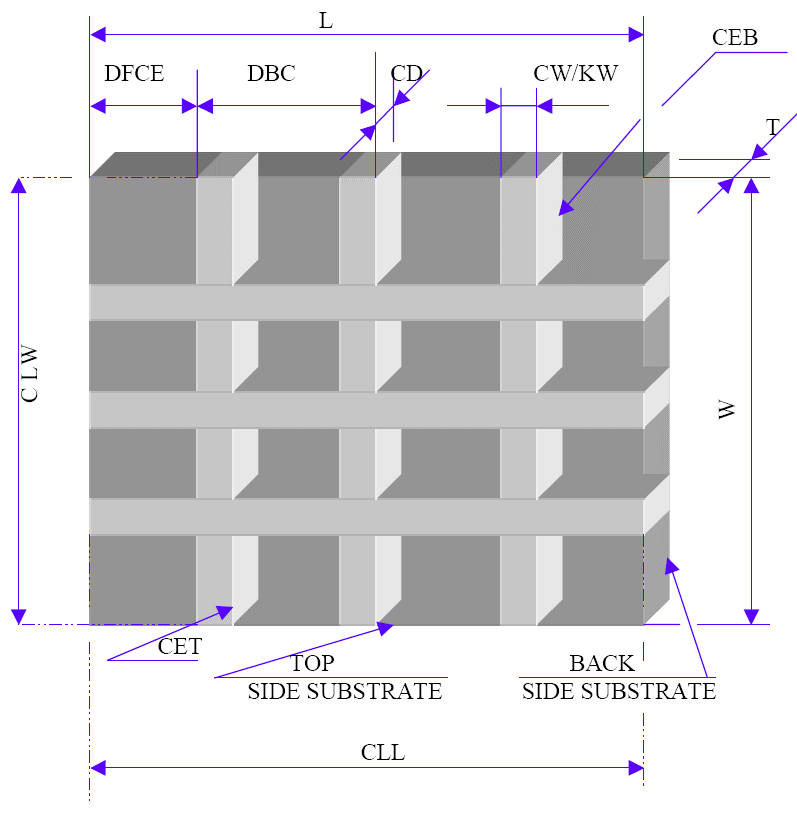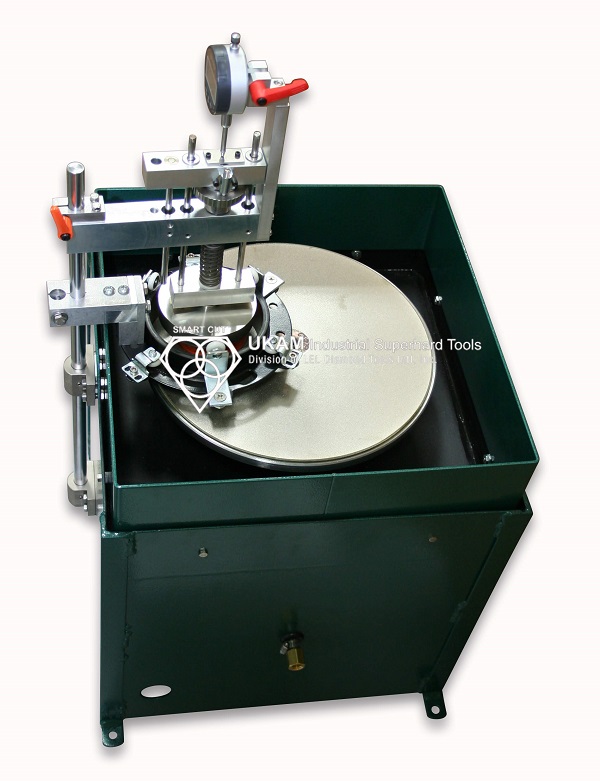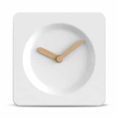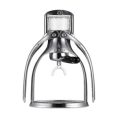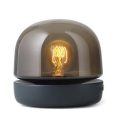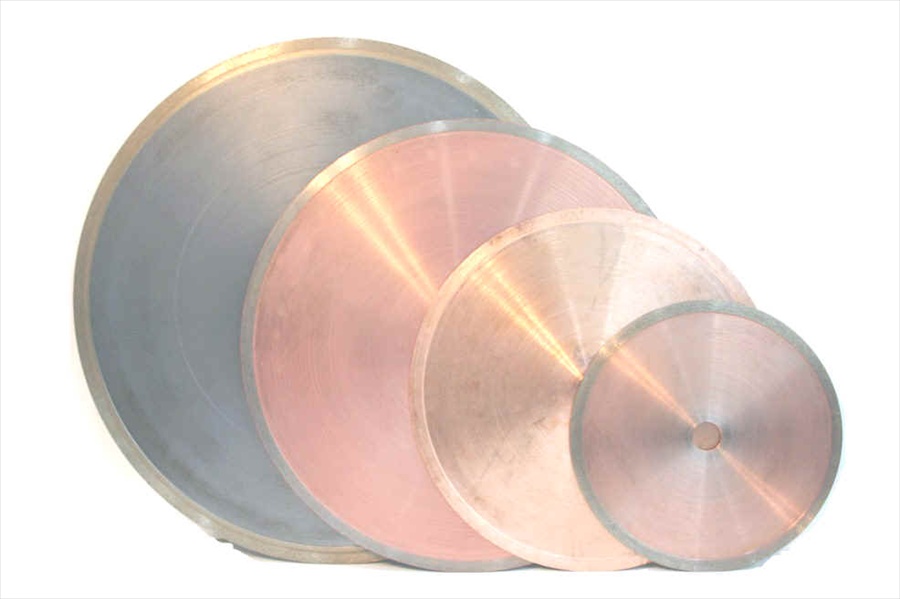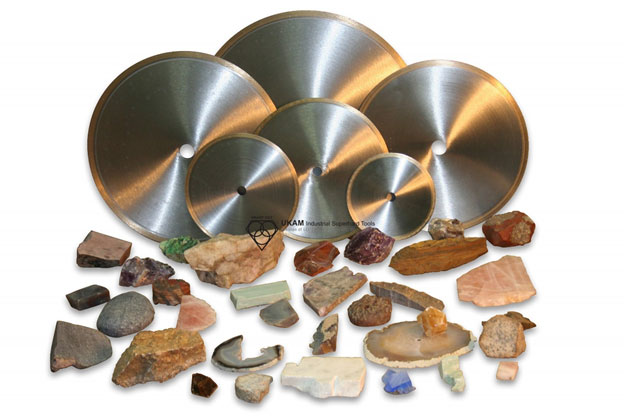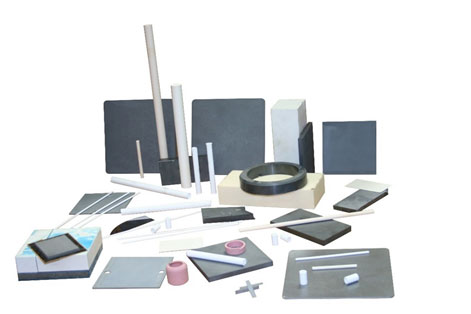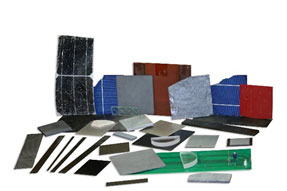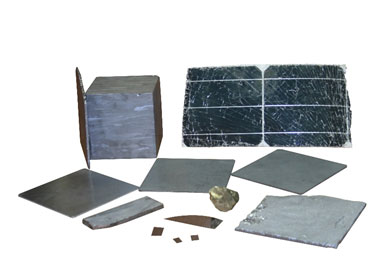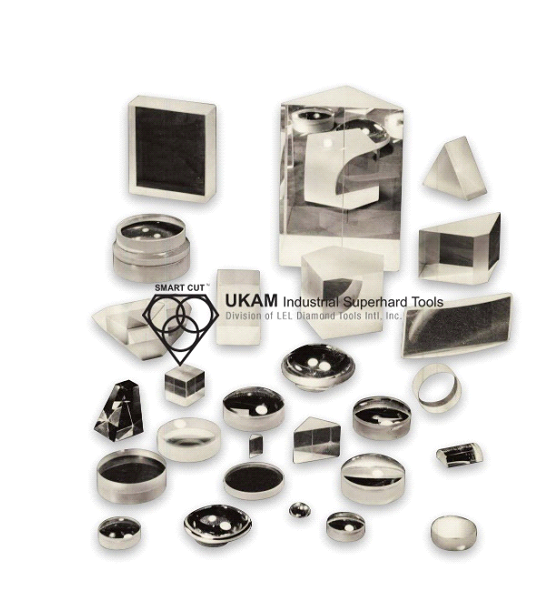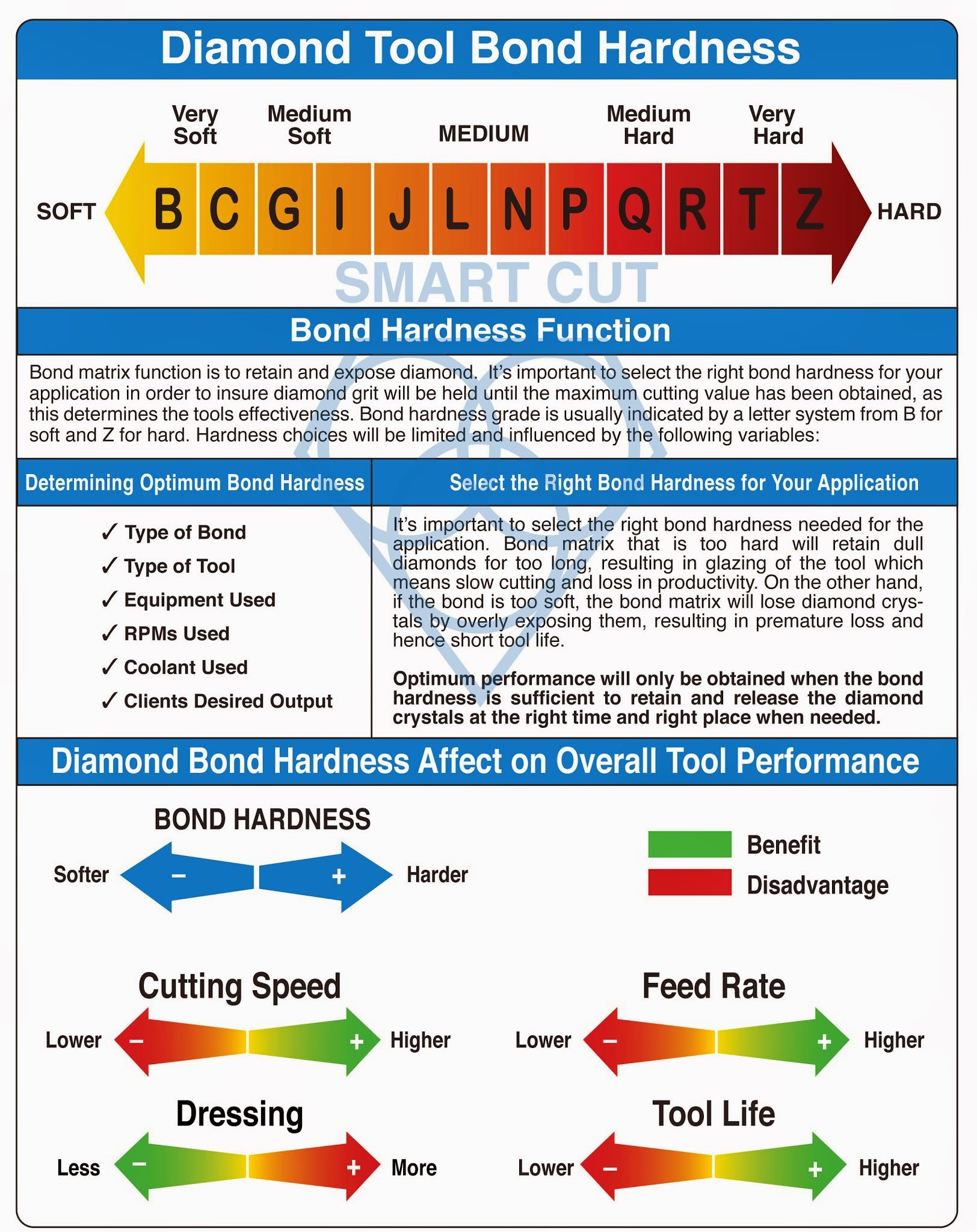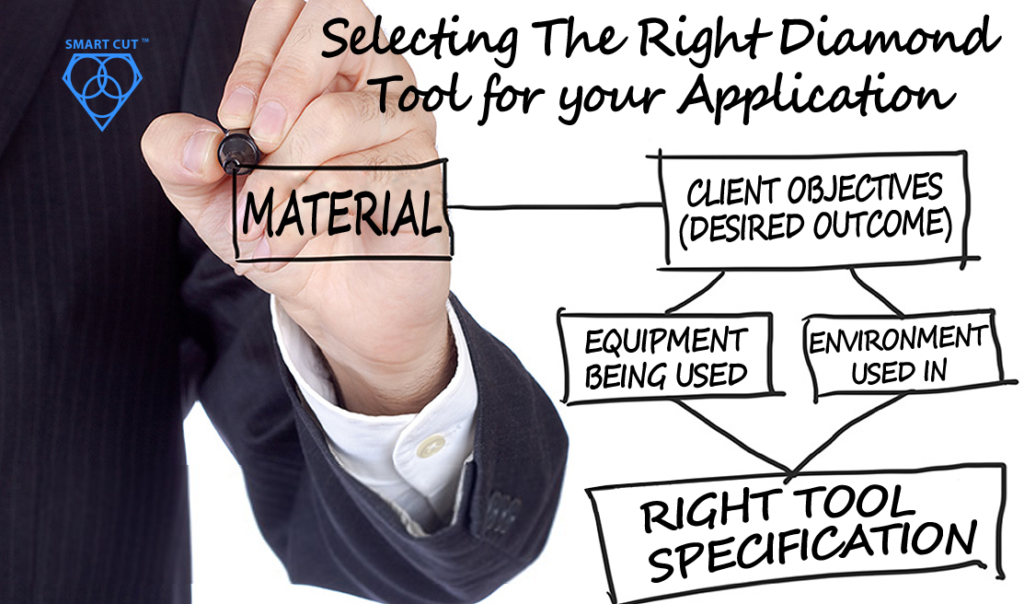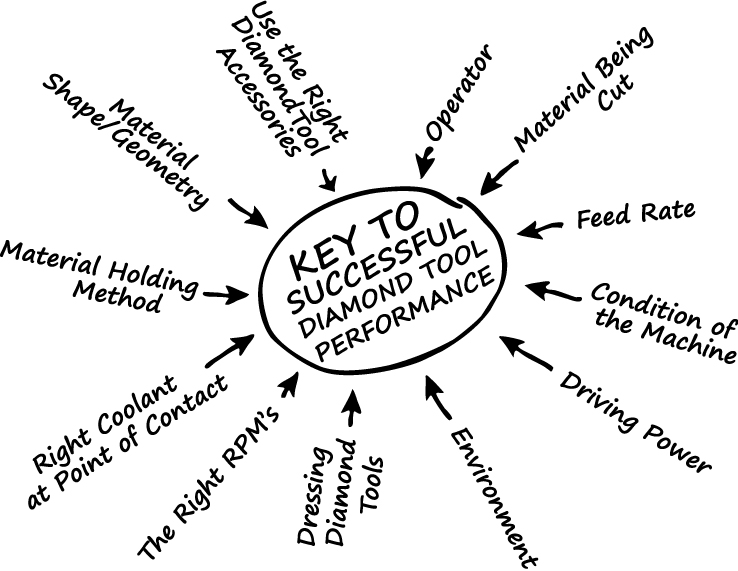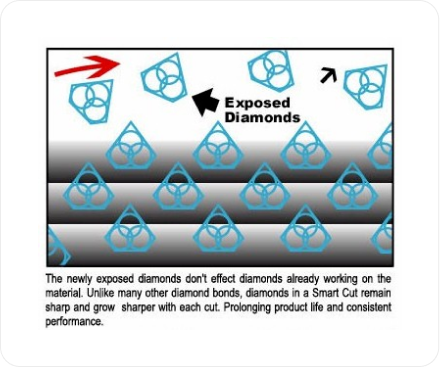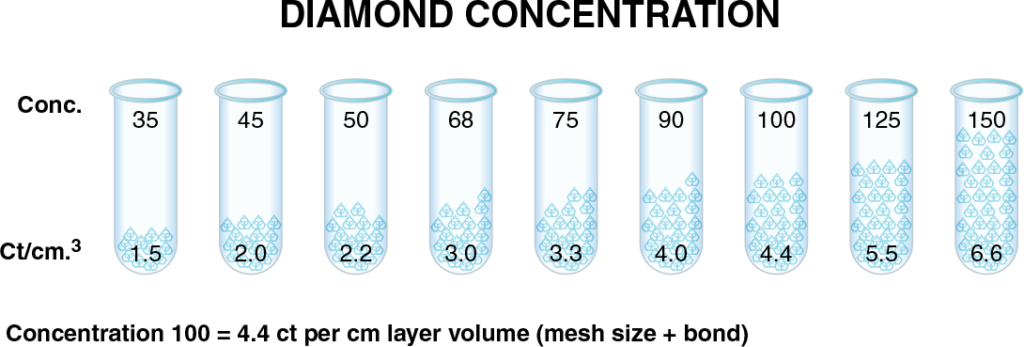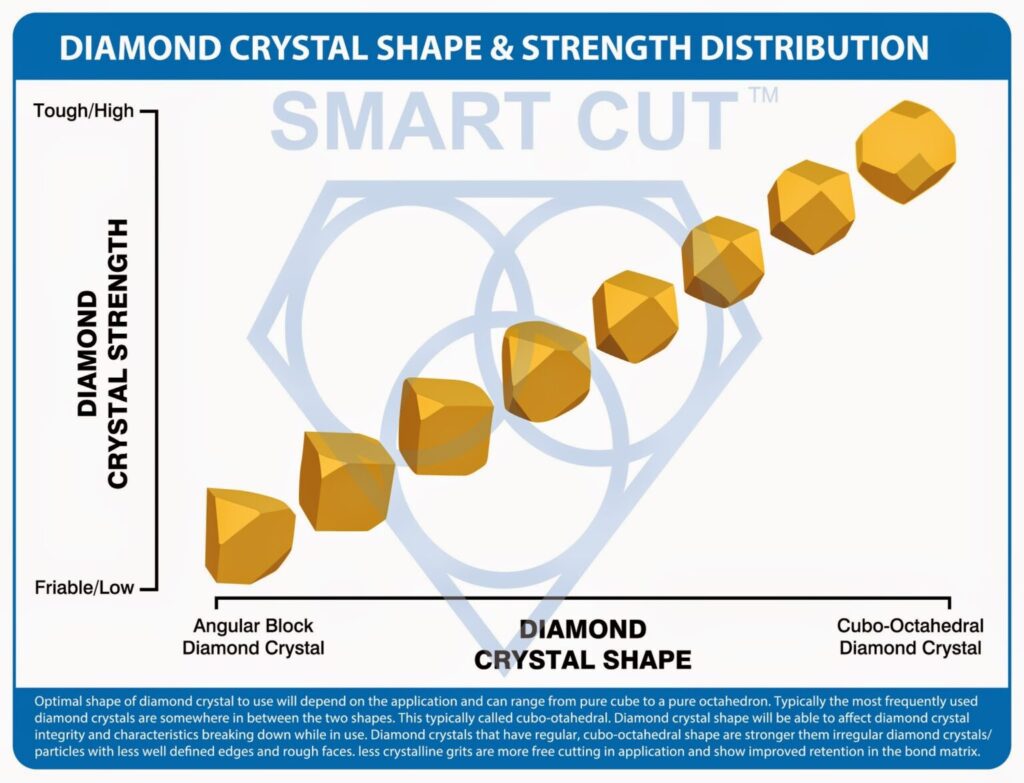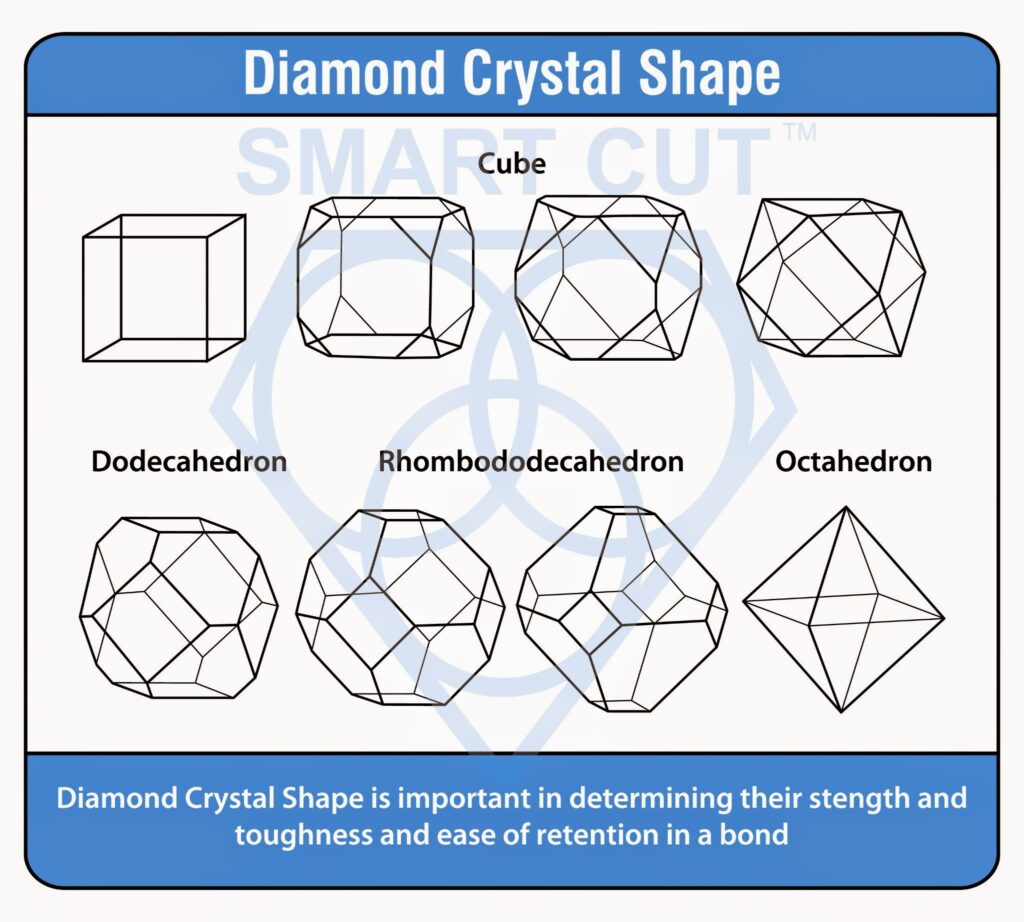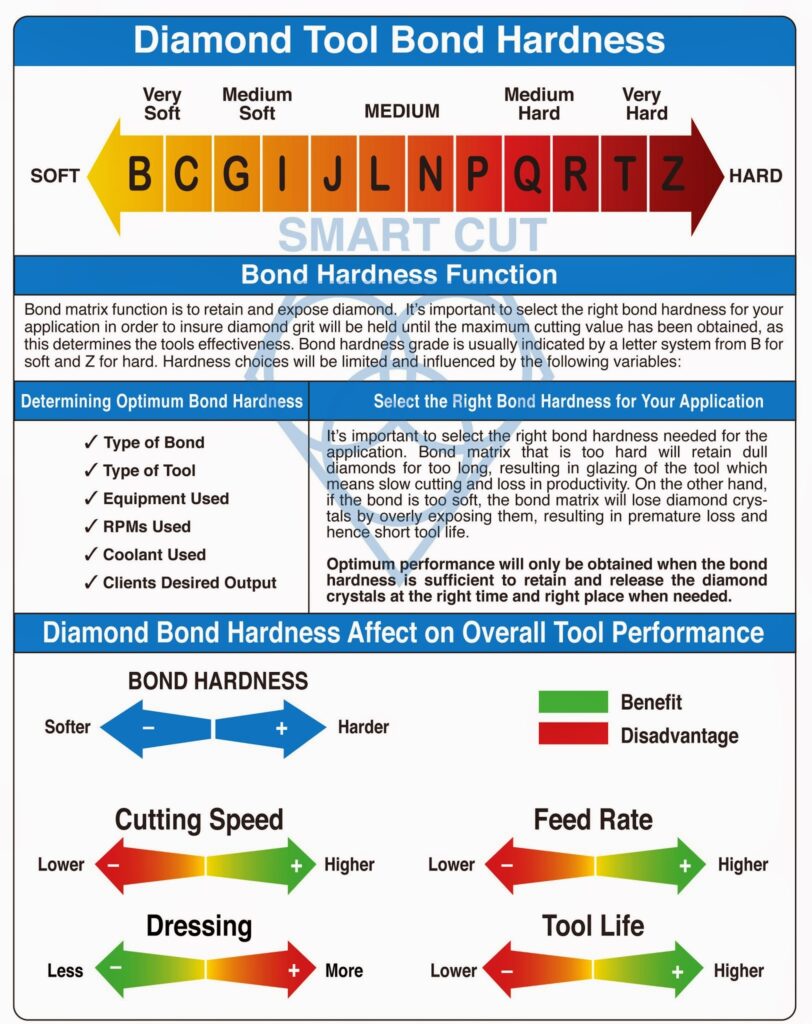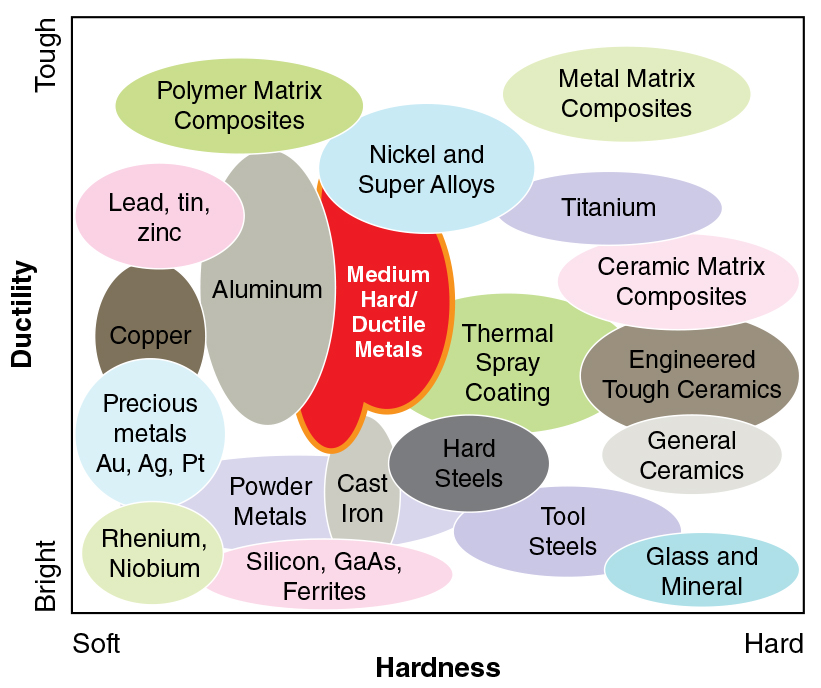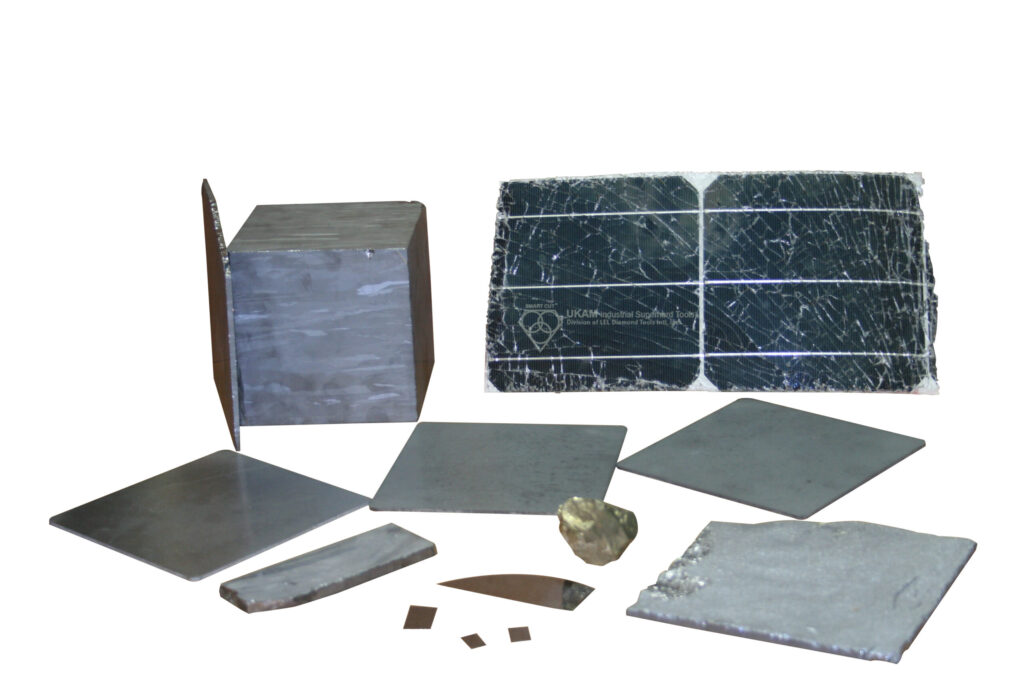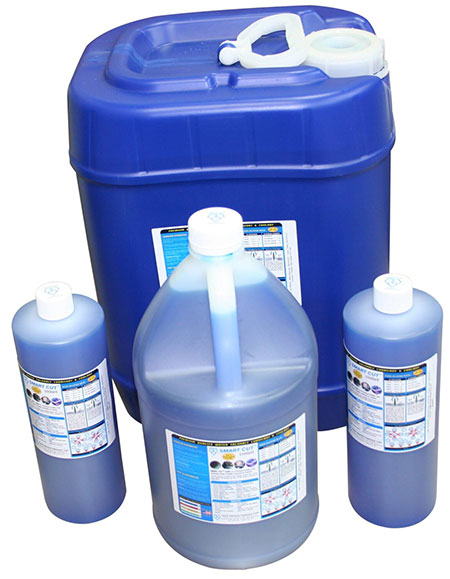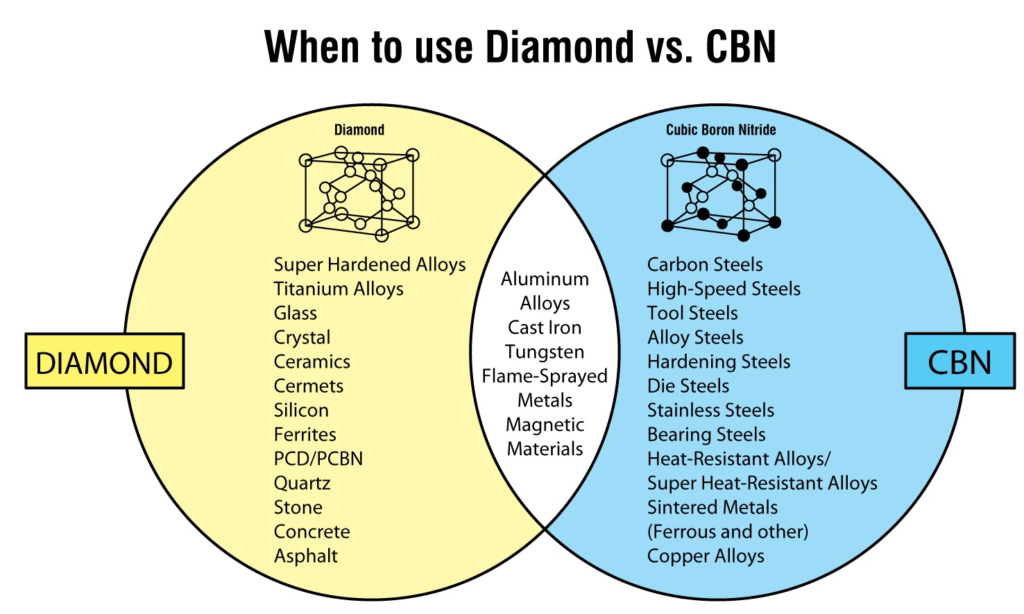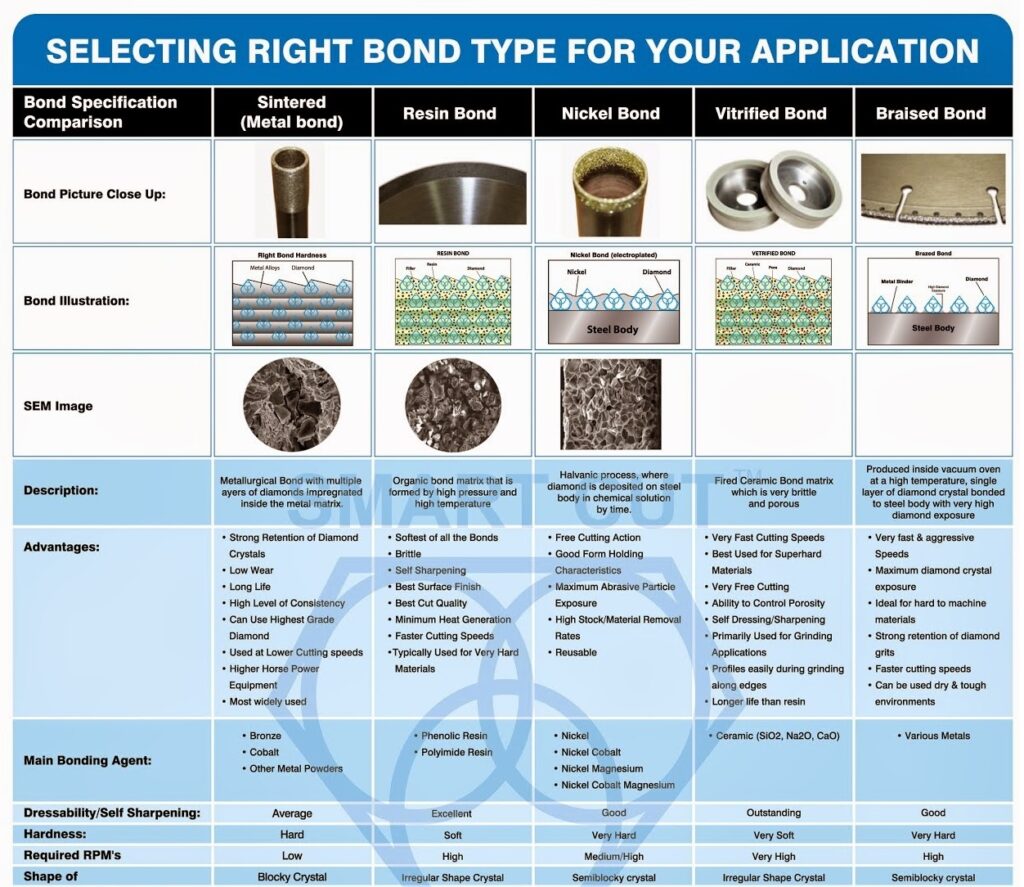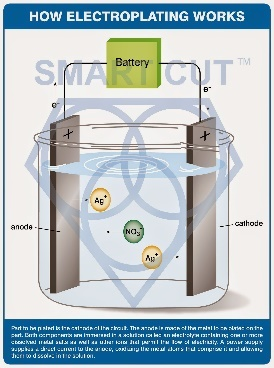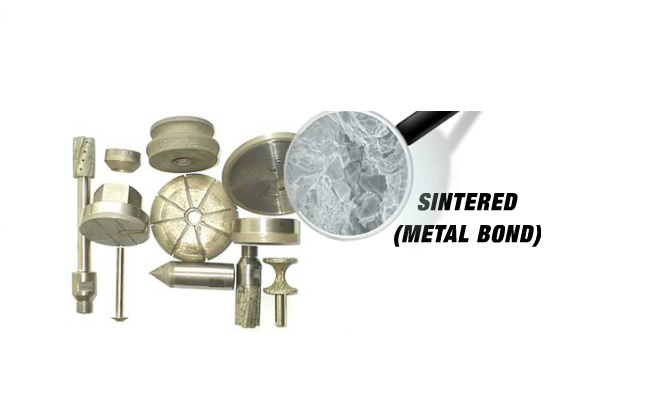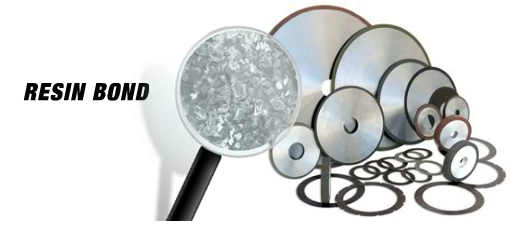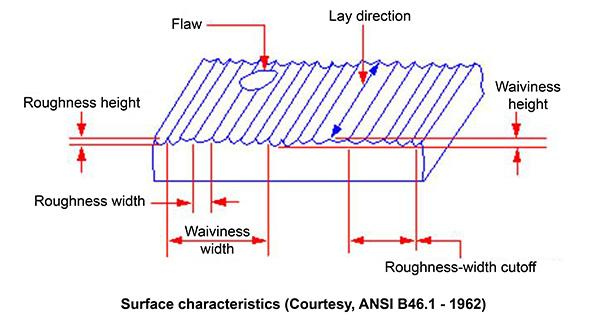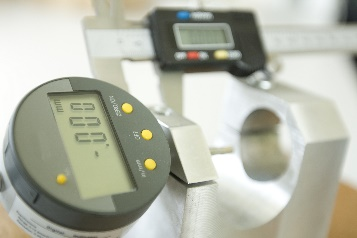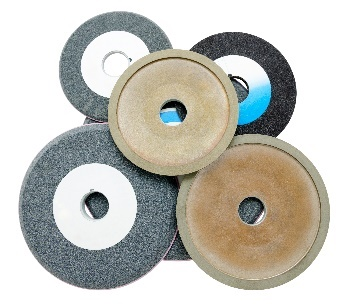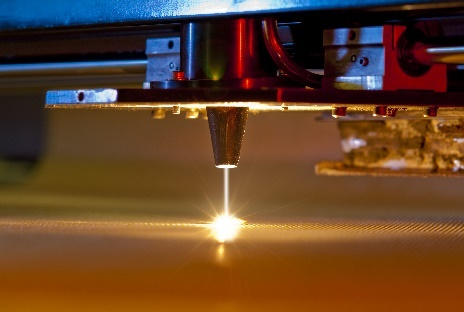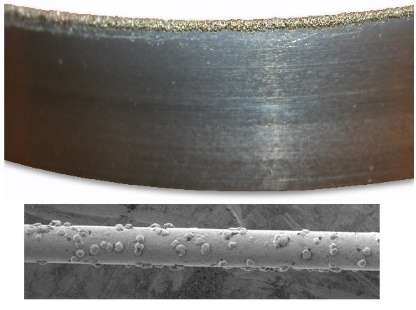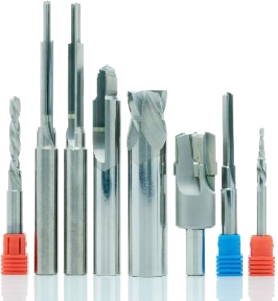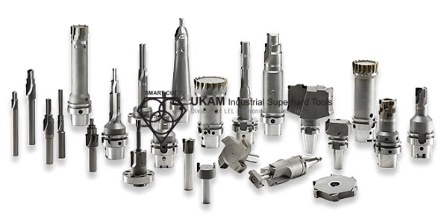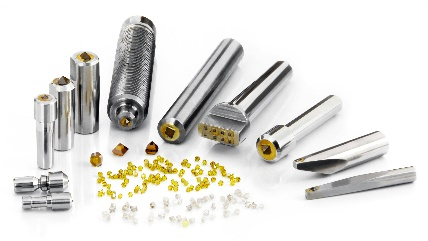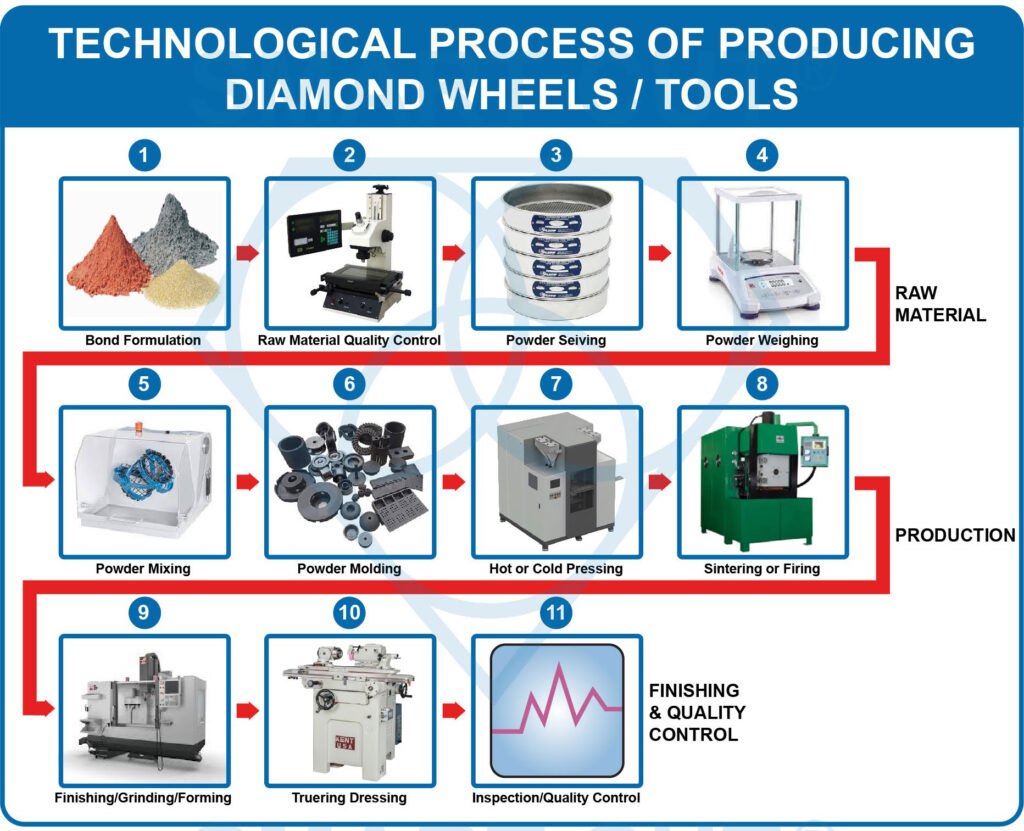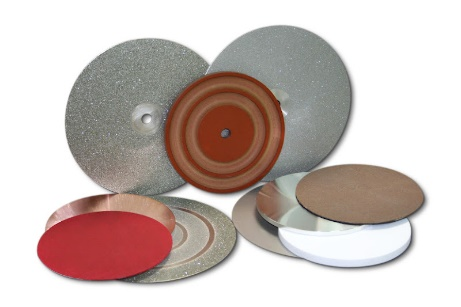The main job of the bond matrix is to hold the diamond crystals tightly in place and to release the diamond crystals (wear) at pace compatible with their loss. The wear rate/resistance of the bond matrix has to be in correlation with abrasiveness of material being cut, in order to achieve the most optimum ratio. So that height diamond crystals protrudes insufficiently nor they are lost or dislodges before they have a chance of being used to their full potential. A bond matrix that is too “soft” for the application will wear at rate much faster then the diamond crystal/particles themselves. Resulting in premature diamond pullout and ineffectiveness in tool performance associated with this issue. Bond hardness that is too hard, would wear more slowly then diamond crystal breaks down, causing diamond crystal to glaze over, hence to stop working effectively.
Bond hardness is determined by ability of the bond matrix to hold diamonds. As the hardness of the bond is increased, its diamond retention capabilities increase as well. However the trade off is slower cutting speed. Life of the diamond blade is usually increased with hardness of its bond matrix. Bonds are designated on their scale of hardness from Soft, Medium, and Hard. There are dozens of variations and classification schemes based on bond degree of hardness or softness. Using diamond blades with optimum bond hardness for your application is important to successful precision diamond sawing operation. Bond matrix that is too soft for the material being cut will release diamond particles faster than needed, resulting in faster wear and shorter diamond blade life. On other hand bond matrix that is too hard will result in much slower cutting speeds and require constant dressing to expose the next diamond layer. As rule of thumb, harder materials such as sapphire and alumina generally require a softer bond. Whereas softer and more brittle materials require a harder bond.
